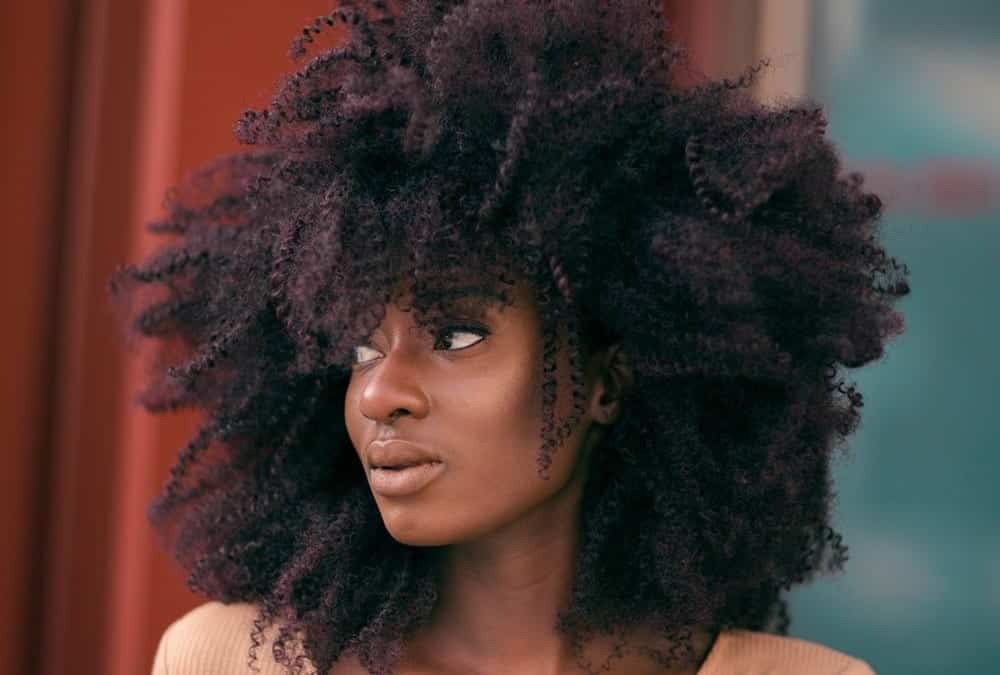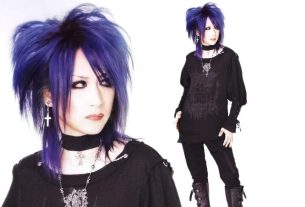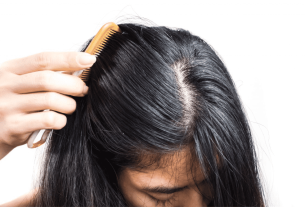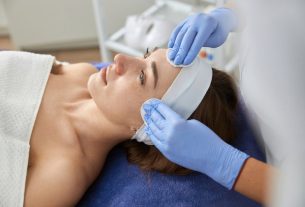There are many myths and truths about hair transition that must be demystified before starting the process.
The hair transition process is an important step for those who want to recover the appearance of their hair before possible chemicals and treatments. When abandoning straightening and choosing to let your hair grow back naturally, patience and care are key. Furthermore, the task is not easy, and it is essential to carry out a lot of research before making a decision. This means that, during studies, many women are uncertain about what is really right. Therefore, knowing the myths and truths about hair transition is ideal.
Nowadays, there is a lot of information about hair transition available on the most diverse platforms. In this sense, you are likely to be bombarded by tips that don’t always work. Frequently sharing these beliefs delays the process, and still leaves many people discouraged. After all, myths bring impossible results, something that is not easy to achieve at the beginning of the transition. Learning what is true and what is a lie, then, becomes the main task.
Likewise, anyone seeking the process needs to focus on their main mission: learning to deal with the new hair texture. So, now get to know the most important myths and truths about hair transition, so that you don’t end up deceived by any false advertising. Plus, find out exactly what to expect during your hair transition.
The myths and truths about hair transition
First of all, learning to discern the truth from the possible lies that you will encounter throughout your hair transition is essential. Nowadays, there are thousands of false information circulating promising miraculous results, and staying away from such ideals is the best way to continue with your process. Furthermore, there are still common questions that need to be resolved, such as how long the process lasts or how to maintain hair textures. First, check out all the myths, and then, the truths.
1 – Curly or frizzy hair takes time to grow

This is one of the biggest myths about hair transition. A healthy person’s hair grows, on average and without exception, 1 to 1.5 cm per month. Therefore, the only factors that can cause it to take time to grow are stress, diet, illness, genetic issues and lack of nutrients. The curvature of the hair does not influence the growth speed in any way. However, the shrinkage of curls can give the impression that the hair is not growing as it should.
2 – Hair grows faster after the big chop

Myth. The “big chop”, or big cut, causes the entire straightened part of the hair to be removed at once. However, this does not make hair grow faster, regardless of whether it is transitioning or not. On the other hand, it is possible to eliminate the stress of both textures, as well as better monitor the growth of natural curls. Likewise, cutting helps make hair treatments work more efficiently, and your hair will have more definition.
3 – The big chop is mandatory in the hair transition
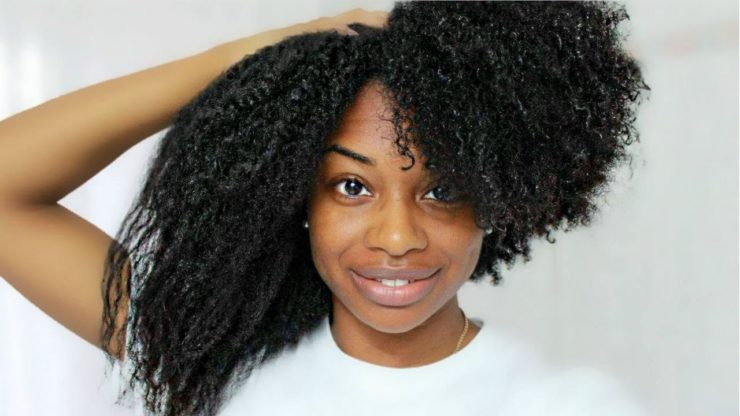
This is one of the biggest myths about hair transition. You are the one who decides how to carry out the process, therefore, nothing is mandatory, just indicated or recommended. Cutting the straightened part of the hair is important, but you can do this by cutting the ends gradually, while the roots grow, or with a big chop.
4 – Hair transition is expensive
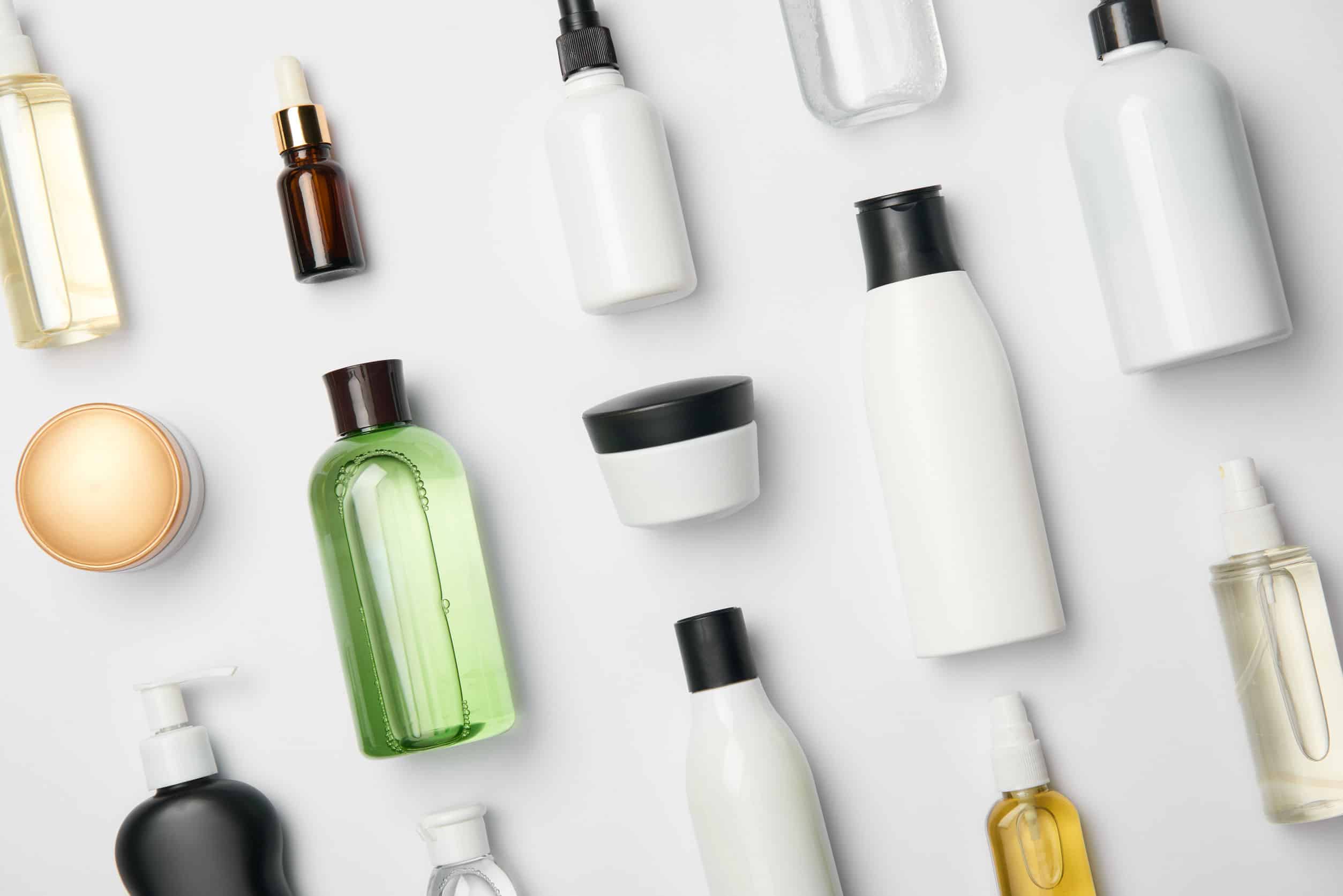
Another of the biggest hair transition myths is the idea that you have to spend a lot on products to get a good result. Obviously, you will need to invest in specific products for your natural hair type, as the texture and needs are different. However, this does not mean that you will buy the most expensive options on the market, as good products for a hair schedule exist, and they are efficient and great value for money. Also, take advantage of natural recipes and ingredients.
5 – Just stopping the chemical makes your hair grow
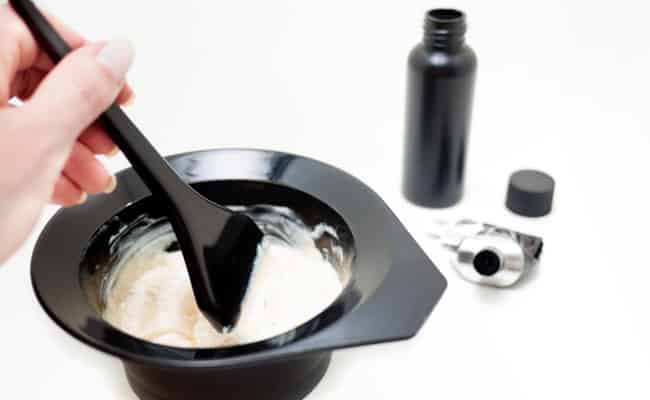
Although the idea of the information is correct, it is incomplete. Interrupting the chemistry is essential to enter the hair transition, but that’s not all. You should not only leave treatments aside, but also ensure that you replenish water and nutrients, which are essential for hair to grow healthily. Likewise, pay attention to your diet, drink plenty of water and maintain a good hair care routine.
6 – The use of products for curly and frizzy hair restores the natural texture of the hair
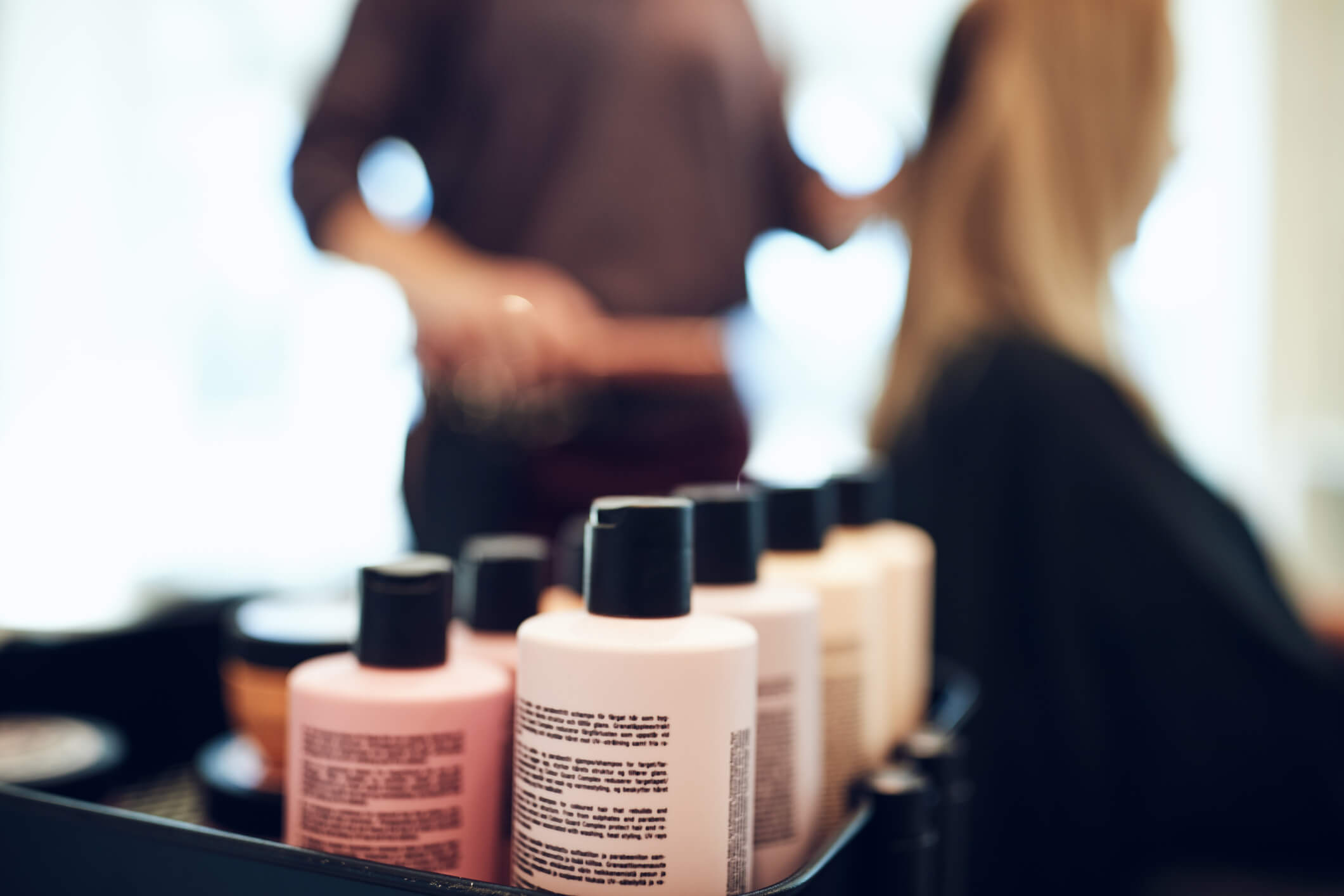
This is another half-truth in the world of hair transition. Hair with chemical treatment such as straightening has an altered structure. This means that just using products for curly and frizzy hair is not enough to restore its natural texture. To make this happen, in addition to the big chop or as a replacement, use texturizing techniques, which help to achieve temporary curls.
7 – Perms or relaxers bring the curls back

Another myth. If you are in the process of hair transition, stay away from techniques such as perms or relaxers. They help reduce hair volume and define curls, but they are chemical procedures. Therefore, in the same way as straightening, they will damage the locks. Never try to curl straightened strands with a perm either, for example. Certain chemicals are not compatible with perm substances, and none of these procedures will leave your hair looking natural.
8 – Anti-residue shampoo removes chemicals from the hair during the transition
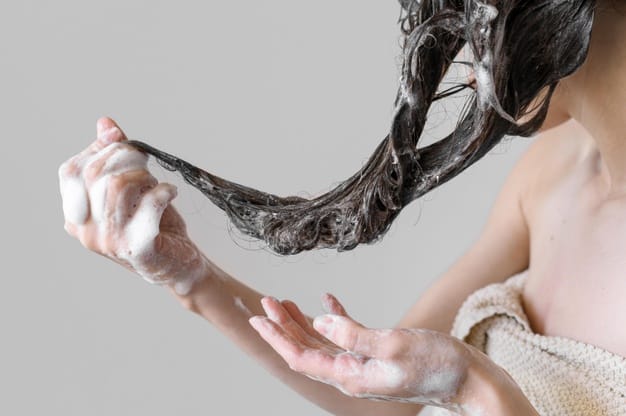
This is also not true. A shampoo does not have the power to remove chemicals from the hair, and the anti-residue only helps to deeply clean the scalp and strands, as well as remove residue from styling products. In this case, it is possible to mention hair oils and styling creams, and they also help to remove impurities and pollution. Chemicals change the structure of the hair, something that shampoo cannot reverse.
9 – Curls can only be recovered by waiting for the hair to grow

True. There is no product that can reverse the effect of straightening chemicals, and the only thing to do is take it easy and wait for your hair to grow naturally. Thus, the hair transition comes in, which combines gradual growth with hair care techniques for a healthy reconstruction. Products that promise to restore curls are usually permanent, and they contain chemical components that cause long-term damage.
10 – Hair becomes fragile during the hair transition

This is another truth. The transition, in addition to being a time of adaptation for you, will also be for your hair. This will cause the straightened part of the hair to break, resulting in uneven, thinned ends. Some tips to help with the difference in textures during the hair transition are to cut the ends periodically, as well as adopt techniques such as tapering, dedoliss and daily twists. Furthermore, curly and frizzy hair, as it is thinner and drier, needs good weekly treatments for healthy growth.
11 – Following a hair schedule is important during the transition
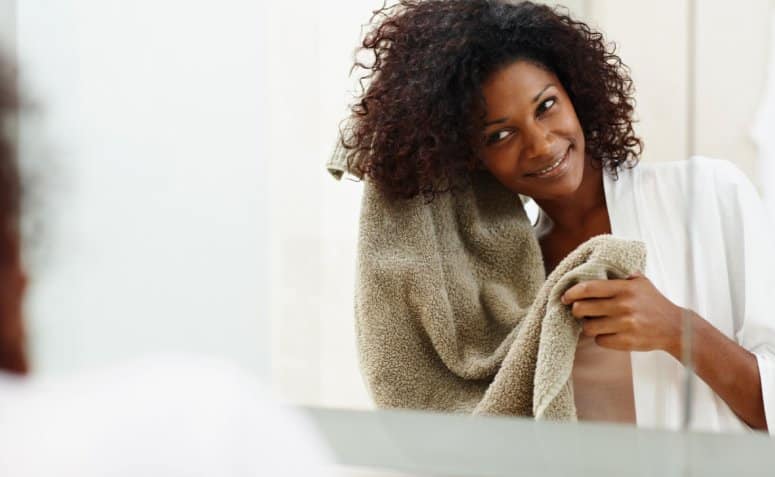
Yes. Because hair becomes more fragile during the hair transition, it is essential to create a hair schedule that alternates between the 3 main types of treatment. They are hydration, nutrition and reconstruction. This helps to restore chemical damage, as well as providing all the necessary nutrients to the hair for the curls to grow beautiful and very healthy.
12 – Curly and frizzy hair is more prone to dryness
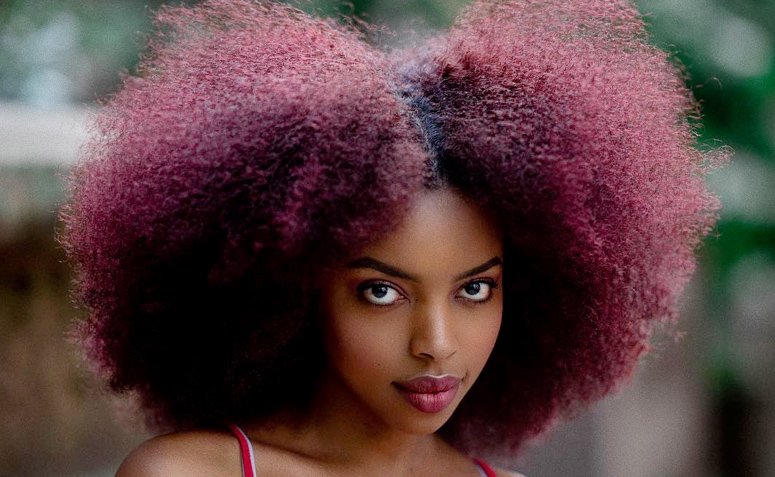
Yes, because frizzy and curly hair has a spiral or “Z” shape. This makes them more prone to dryness, due to the fact that the scalp’s natural oil does not reach the entire length of the hair. In this sense, it is essential to constantly moisturize and take other precautions during washing.
If you are interested in this article about myths and truths about hair transition, take the opportunity to check out Products for frizzy hair – 12 options from treatment to finishing

Sign up for our newsletter and stay up to date with exclusive news
that can transform your routine!
Warning: Undefined array key "title" in /home/storelat/public_html/wp-content/plugins/link-whisper-premium/templates/frontend/related-posts.php on line 12
Warning: Undefined array key "title_tag" in /home/storelat/public_html/wp-content/plugins/link-whisper-premium/templates/frontend/related-posts.php on line 13

